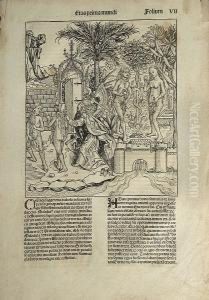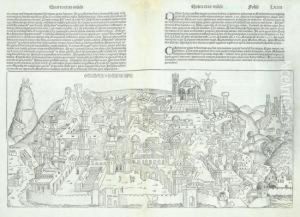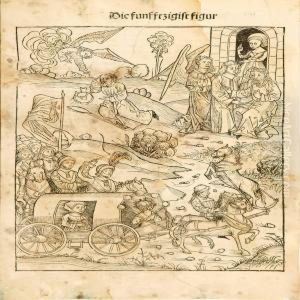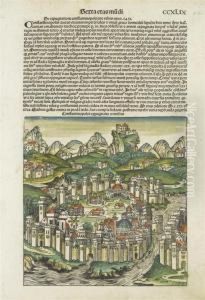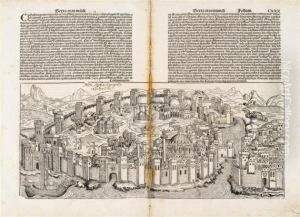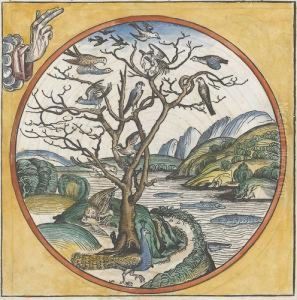Hartmann Schedel Paintings
Hartmann Schedel was a German physician, humanist, historian, and one of the earliest cartographers of the Renaissance. Born in Nuremberg, a city that was a hub for science and art during the Renaissance, Schedel showed an early interest in the humanities and the sciences. He studied at the University of Leipzig and later at the University of Padua, where he received a doctorate in medicine. Despite his medical training, Schedel is best known for his work in history and cartography. His most famous contribution to art and history is the 'Nuremberg Chronicle,' also known as 'Schedel's World Chronicle,' published in 1493. This ambitious work is an illustrated world history, which follows the story of human history as related in the Bible, supplemented with the histories of a number of important Western cities. Written in Latin, the Chronicle was soon translated into German, making it accessible to a wider audience. The Chronicle is notable for its detailed woodcut illustrations, which include depictions of cities, scenes from biblical and human history, and portraits of various historical figures. These illustrations were produced by Michael Wolgemut and Wilhelm Pleydenwurff, with the young Albrecht Dürer, who was then an apprentice in Wolgemut’s workshop, possibly involved. The 'Nuremberg Chronicle' is considered one of the masterpieces of early printing and is a significant cultural artifact of the late 15th century. Beyond the Chronicle, Schedel's legacy includes his extensive private library, which contained numerous manuscripts and printed books on a wide range of subjects. This collection was a testament to his life-long passion for learning and contributed to the preservation of many important texts. Schedel's contributions to historiography and cartography, embodied in his World Chronicle, have earned him a place in history as a key figure of the Northern Renaissance. His work not only reflects the intellectual and artistic vibrancy of his time but also provides valuable insights into the medieval and early Renaissance worldview.
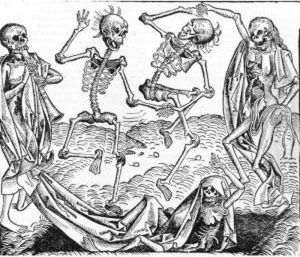
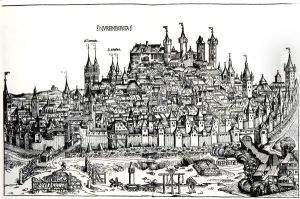
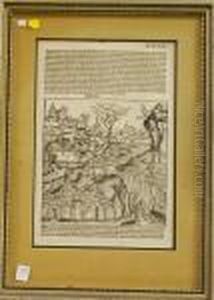
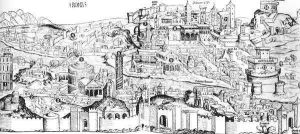
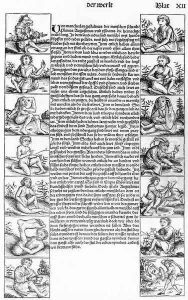
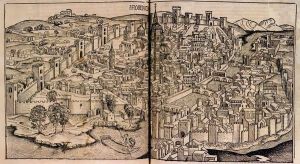
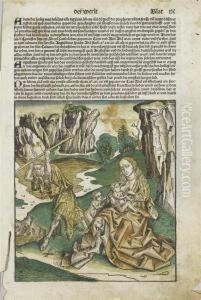
![[ ] [arms Of German Towns]](https://www.niceartgallery.com/imgs/969748/s/hartmann-schedel-arms-of-german-towns-86a7f6e0.jpg)
